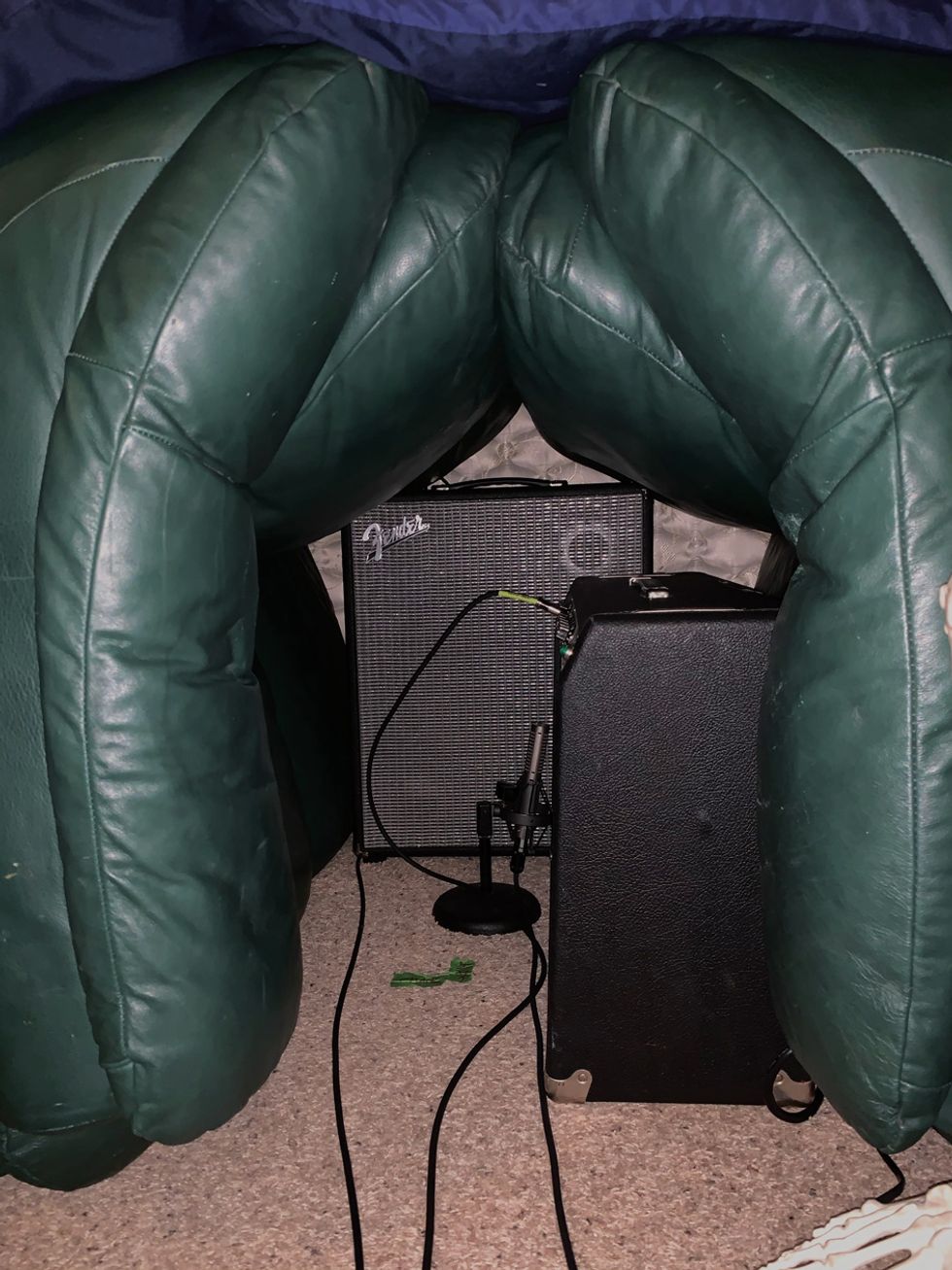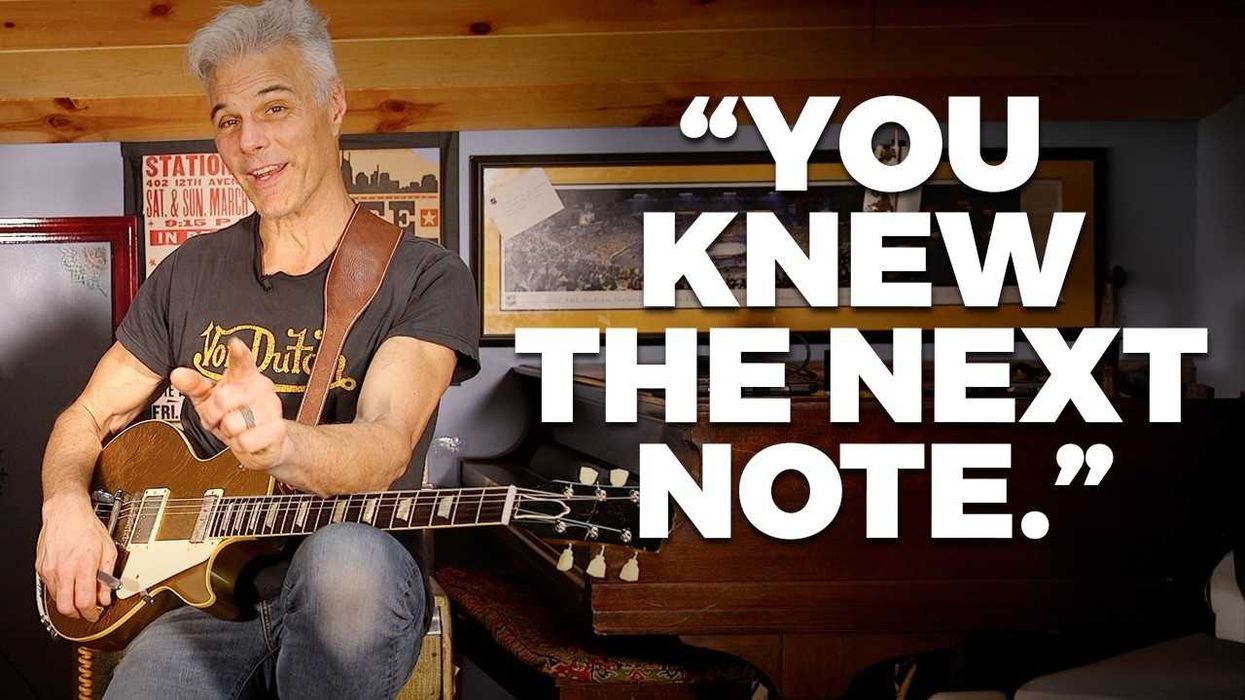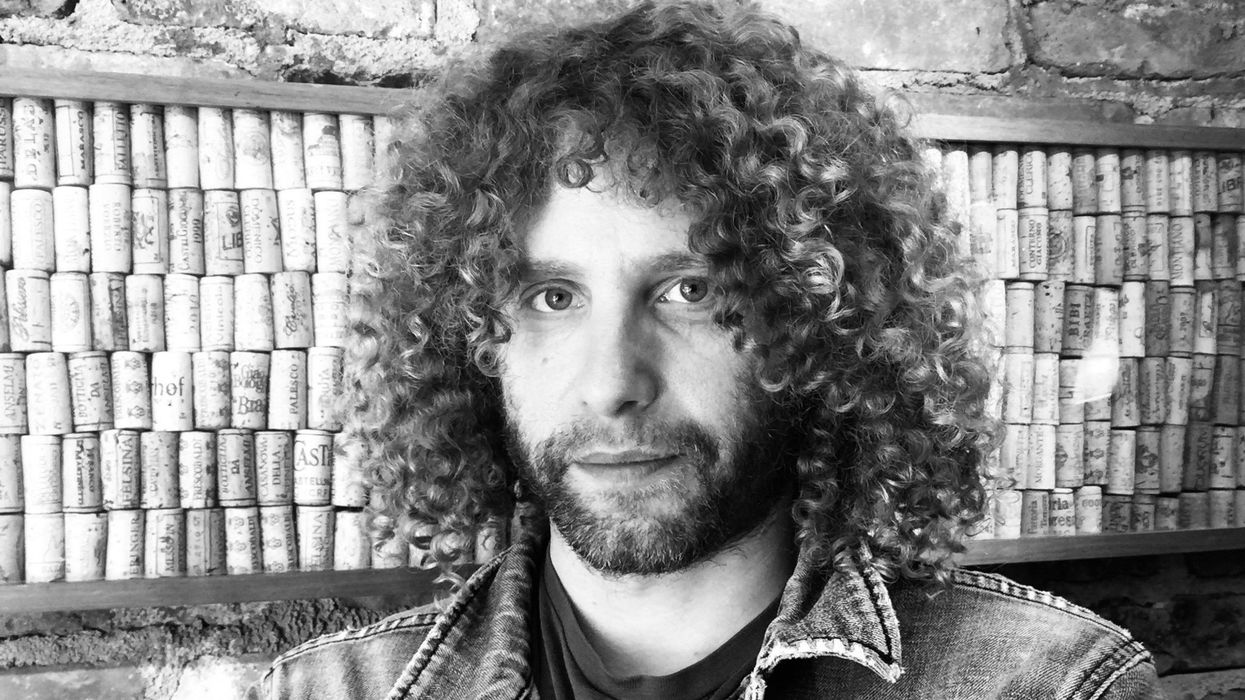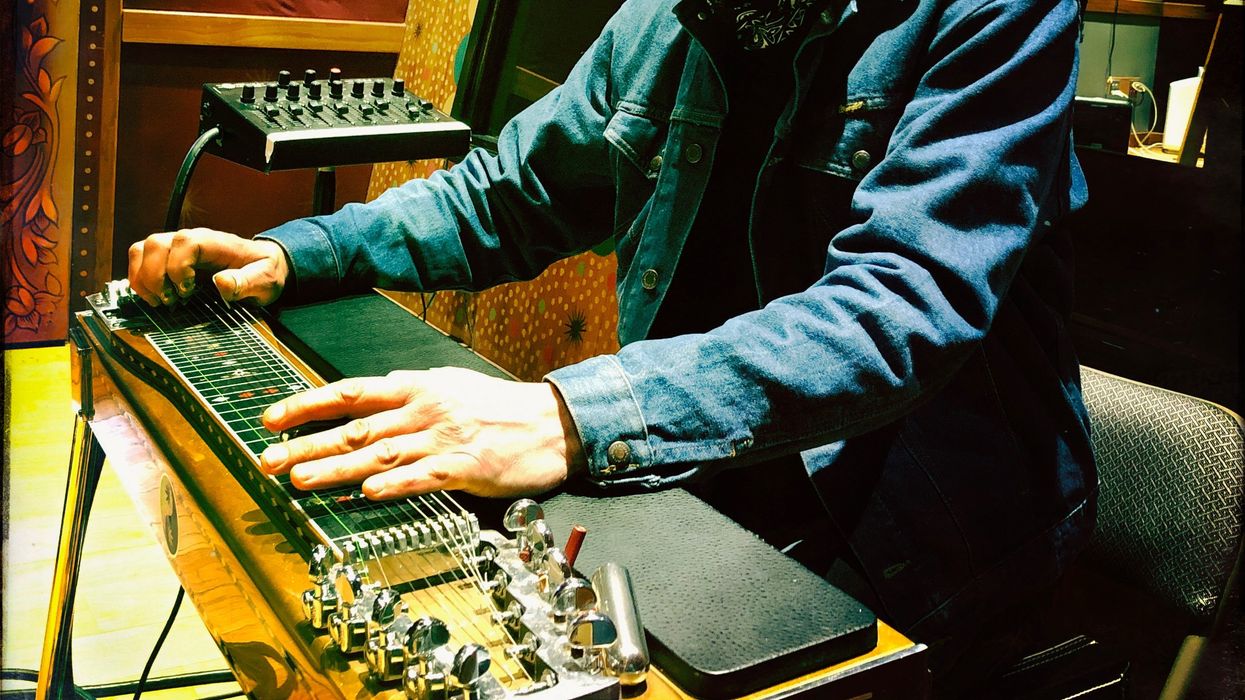Author's note: In an attempt at casual, self-deprecating humor, I used a term some readers found offensive to describe the cobbled-together iso box referenced in the original version of this article. I sincerely apologize for the unnecessary, insensitive distraction. —Shawn Hammond
Every non-sociopath on the planet would give a lot to somehow turn back the clock and set us on a timeline bypassing the pandemic. There’s no need to catalog all the things we wish were “normal” again, not least of which are attending and performing live gigs. In the absence of the latter, for an ever-increasing number of us home recording has suddenly become not just a means of staying sane, but perhaps the most exciting and enlightening musical endeavor we’ve undertaken in a quite some time.
For my guitar-and-drums duo, it started gradually, as basically a way to “jam” from a distance. I’ve long had the gear to capture quality guitar tracks, but for band projects, I decided years ago that I prefer writing and performing songs and leaving the rest to studio wizards. Endless DAW menus and plug-ins overwhelm me and sap my creative energy. Even so, by the end of April, I was going crazy without band jams. I started laying down tracks and sending them to my drummer pal, Connor, to program beats. He’d send them back, and I’d lay down bass and vocals. It was fun, and eye opening—as recording always is. In fact, it became an obsession. But we were still frustrated. Even the best software can’t match the nuances of a human with tangible things to thwak. We wouldn’t be in a band together if we didn’t want real drums.
As COVID-19 case counts looked a little better toward the end of May, we decided resuming rehearsals would be pretty safe. Connor lives alone, and both he and my family have been vigilant about wearing masks in public and staying home as much as possible. When we reconvened, the obsession with recording remained. We knew we wanted to capture live takes together—because they always have the best energy—but my interface only had two mic preamps. We experimented, but there was no way a Royer and an SM57 were going to cut it. I immediately went from coveting guitar toys to busting my brain trying to figure out how to maximize bang for buck from the modest budget I had for microphones, sound-absorption materials, and a recording interface with enough quality mic preamps to get greater fidelity and instrument isolation while tracking together.
What happened to leaving it to studio wizards? The two-mic experiments had yielded an epiphany: Why not walk the middle path? The comfort and familiarity of our own rehearsal space, and the absence of time/money and performance-anxiety pressures associated with paying for studio time yielded a glorious freeness and freshness in the recordings. Why not work toward capturing quality live takes that could be passed off to a wizard for mixing, etc.?
The new interface and mics arrived, and we began tracking again within 24 hours. I went with an Audient iD44, which—paired with my Apogee Duet—brought the number of preamps to six: three for drums, and two for guitar, plus possibly a DI from the bass amp I run with my guitar combo. A Shure KSM32 and Audix D6 became the new mono drum overhead and kick mics, respectively, and my Rode Procaster ended up sounding really good on snare, sparing my 57 for duty alongside the Royer.
We were well on our way, but like many of you have found, one big obstacle remained—isolation. I’ve only got one medium-sized room in the basement of my house. And though I did invest in some Auralex foam paneling, no amount was going to transform that space into two iso booths. So I got creative with what I had laying around: blankets, a bed mattress, and an unused sectional couch that I essentially inverted and folded in half to create a thick-ass iso box.
As you can see, the couch-fort iso cab looks ridiculous, but guess what? It worked fantastically! What’s next—besides loads and loads of tracking? Relocating stuff into the rehearsal room’s closet so I can retrofit the iso crap in there and reclaim room space and make it less laughable. Maybe I’ll report back next month on how well that goes. But even if it doesn’t and I’m stuck with an eyesore iso, all that really matters is that we’re moving toward our goal, right? As doofwad Larry the Cable guy says, “Get ’er done!”











![Rig Rundown: Russian Circles’ Mike Sullivan [2025]](https://www.premierguitar.com/media-library/youtube.jpg?id=62303631&width=1245&height=700&quality=70&coordinates=0%2C0%2C0%2C0)






